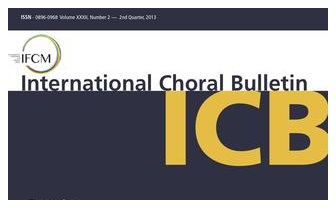This year marks the four hundredth anniversary of the death of Carlo Gesualdo, Prince of Venosa (1566-1613), better known as Gesualdo da Venosa, that excellent composer of madrigals and sacred music. He characterizes in a very particular and eccentric way the musical life of the time; his style, original and oriented towards experimentation, shows him already leaning towards a genre soon to arrive in the history of music: opera.
Carlo Gesualdo was born in a noble family, owner of the feudal territories of Gesualdo and Venosa. His mother, Geronima, was the sister of St. Charles Borromeo. The young Carlo studied in Naples with the Jesuits and showed a particular aptitude for music; already a skilled musician at 19 years of age, he came to prominence with the composition of madrigals which, although in the style of Monteverdi, already had original features.
In 1586 he married his cousin Maria D’Avalos, considered the most beautiful woman in Naples, four years his senior; she later fell in love with Fabrizio Carafa, Duke of Andria, becoming his mistress. The year 1590 marked the dramatic turning point of Gesualdo’s life; on October 16 the two lovers were caught in adultery, and then brutally murdered. Carlo for some time took refuge in the inaccessible Gesualdo castle, then moved to Ferrara, where in February 1594 he married Eleonora d’Este. Carlo remained in Ferrara for some years where he composed the Third and Fourth Book of Madrigals for five voices, then he decided to return to Naples where, still fearing the vengeance of the Avalos and Carafa families, he retired permanently to Gesualdo castle.
Isolation, guilt, and atonement inspired intense compositional activity; the pages of his music are full of melancholy and intimate anguish, and this period was certainly the most prolific at a musical and cultural level. The castle was frequented by distinguished intellectuals, including Torquato Tasso and Giovanni Battista Marino. The three collections of sacred music and the Fifth and Sixth Book of Madrigals, composed at this time, are very important works.
Even the thematic choices are in contrast with Arcadian imagery and with the poetry of Petrarch, much in vogue at the time; Carlo Gesualdo drew on texts by contemporaries such as Tasso and Marino, and in his writings showed his feelings and his experience: loving sorrow in its various facets and the thought of death. The style, characterized by abrupt changes of tone and by an intense emotional drive, surprises in the originality and modernity of certain harmonic solutions.
Suggested score:
O Vos Omnes (from Responsoria Sabbato Sancto)
Spartito: http://goo.gl/dLgu8
YouTube: http://goo.gl/uqfnW
Edited by Gillian Forlivesi Heywood, Italy

